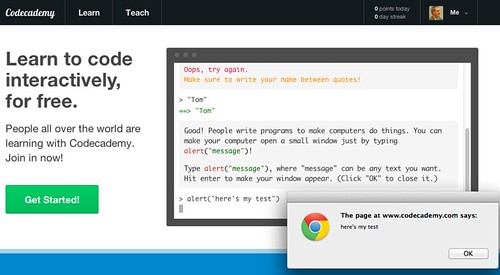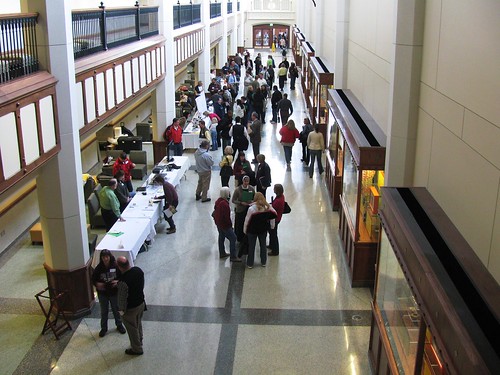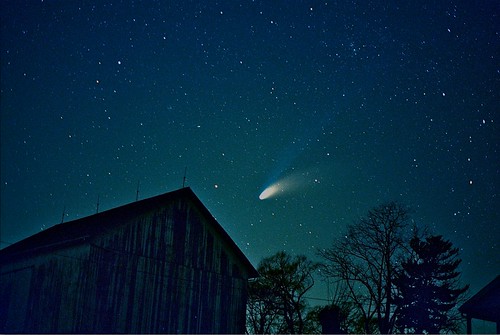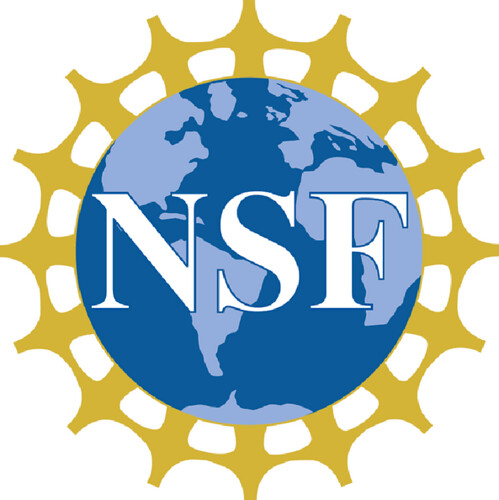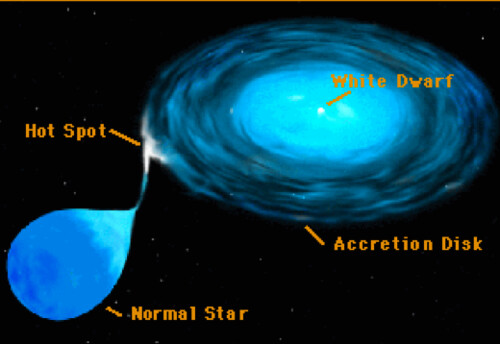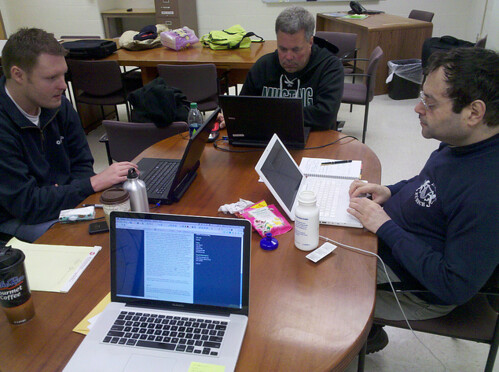I got to Code for South Bend on Saturday…or rather, I got to the presentation on the projects they undertook that day. It was a fantastic experience. I had spent six hours earlier in the day listening to some of the best ideas around for promoting STEM education in Michiana. By the end of my time at Code for South Bend, it was clearer to me than ever that even the best of our typical conversations about STEM education are overlooking a hugely important element that is crucial to Michiana’s future. Kids need to code. Take 10 minutes to watch this very fine defense of that claim.
Want to learn to code, but don’t know where to start? Consider starting here, at Code Academy. See my first mistake and first success, below. There are many free resources beyond this one, but I’d start here if you’re starting from scratch. (You can move on to Scratch, a free and easy-to-use program, later:)
Here’s work that one local High School student has done with MATLAB, very early on in the learning process. (He had already learned to code in another language, Java, and was only just a month or so into learning MATLAB.) Very plainly, he’s learning to tell the computer what he wants it to do. For those really interested, his code is here.
Unable to display content. Adobe Flash is required.
